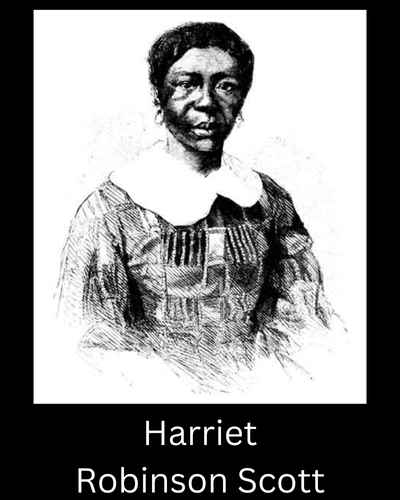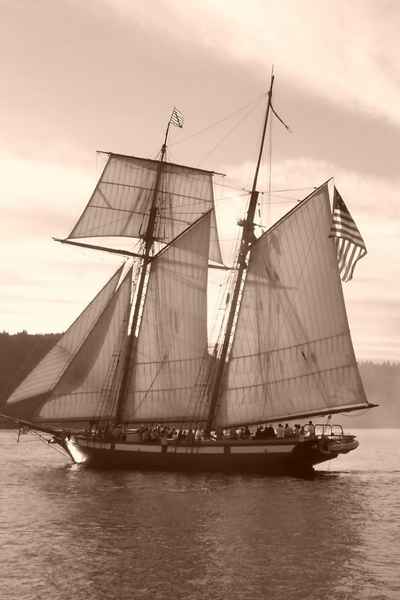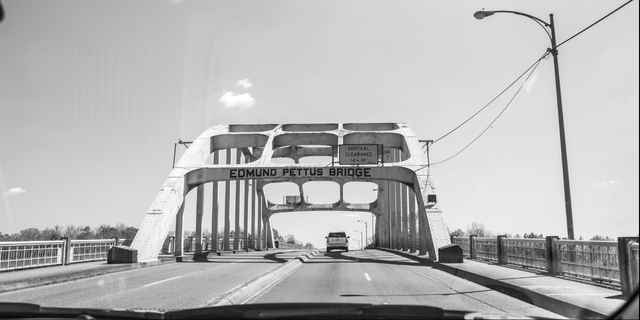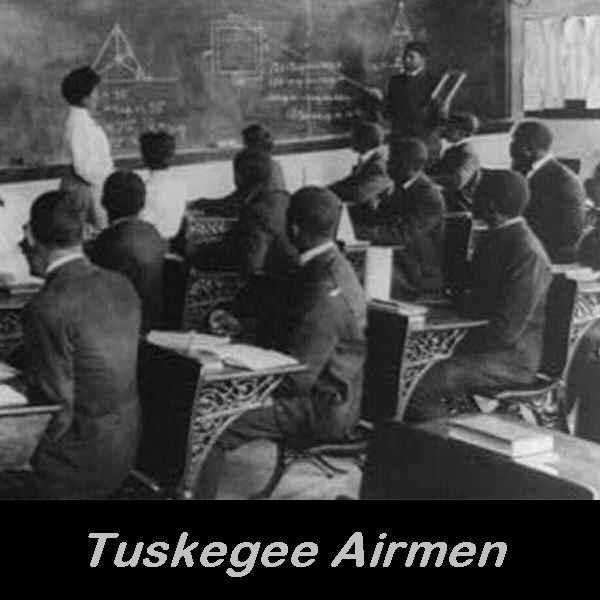The 2010 U.S. Census recorded 238,049 black Americans with Robinson as their last name. That represented 45% of the total of 529,821 entries.
This article compares census numbers before and after the Civil War. We also look at historic African American people named Robinson in the last three centuries.
We end with a review of early records of black military service in the United States.
Robinson Before The Civil War
The 1850 census was the first to record all free members of households together. Before this, people who were not white were not named in the federal census.
In 1850, there was a box to enter color on the census. There were three categories: white, black, and mulatto. The third term is the language of the time, and I will use mixed in this article.
If you are researching your black Robinson ancestors in census archives, be sure to check the two non-white categories. Do not assume that the people recording the information were always correct.
1850 Federal Census
There were 1,447 people named Robinson who were recorded as black in the 1850 census. 476 were recorded as mixed.
Because they are in the main federal census, we know that they were free citizens.
There was a total of 42,616 free citizens named Robinson that year. There would be one more census in 1860 before the Civil War.
After The Civil War

The 1870 census was the first survey after the Civil War and the Emancipation Proclamation. All African Americans were included.
Those who were omitted in 1850 and 1860 because they were enslaved were now recorded.
19,165 people named Robinson were recorded in the 1870 census as black and 2,911 as mixed.
There was a total of 83,887 people with the name.
Robinson In The 1900 And 1940 Census
The mixed category was dropped in 1900, so we just need to look at the black numbers this time.
The 1900 census recorded 44,217 people with the last name Robinson as black within a total of 145,349 that year.
By the way, the mixed category returned in the 1910 and 1920 censuses. It was dropped again in 1930, but replaced with extra categories for colored and non-white in a way that seems confusing now.
This changed again in 1940 and we can simply focus on one black category.
The 1940 census recorded 76,318 people named Robinson as black within a total of 258,625.
Historic Black Figures With The Robinson Surname
Here are some notable African American people in history with Robinson as their last name.
Harriet Robinson Scott
- Born: about 1820
- From: Virginia
- Died: 1876

Harriet Robinson spent some of her teenage years in Fort Snelling on the upper Mississippi River. Officially, slavery wasn’t allowed in the region. But her owner was a military man who moved Harriet with him to different postings.
When Harriet Robinson married Dred Scott in 1836, she became the property of her husband’s owner. When the owner died, his widow hired the couple out to others and collected their wages.
In 1845, Harriet and her husband took separate cases to claim their freedom. Harriet’s case should have been strong as she had lived in a free state when at Fort Snelling.
The court ruled in favor in 1850 but the widow appealed to the Missouri Supreme Court. In a bizarre twist, she married an antislavery congressman who apparently was unaware about his new wife’s case.
The Missouri Supreme Court found against Dred and Harriet. Dred had a sympathetic former owner named Taylor Blow. He helped the couple go to the U.S. Supreme Court, but they lost their case in 1857.
At this point, the congressman (Calvin Chaffee) persuaded his wife to transfer Harriet and Dred to Taylor Blow. This gentleman promptly went to court and secured the couple their freedom at last.
Robert Robinson and his brother Joseph
- Born: about 1830s
- From: Virginia
The Underground Railroad was a network of safe houses and travel routes organized by many church and community leaders, civil rights activists, and abolitionists.
Thousands of enslaved people were helped to escape from the South.
Two brothers, Robert and Joseph Robinson, paid to stow away on a schooner from Virginia to Philadelphia.

From there, the local committee of the Underground Railroad helped them on their way to Canada.
Before the duo departed for freedom, they told the story of how they raised the money to pay the captain of the ship. It was a daring tale of snatching the earnings of a slave trader.
You can read the full account in our excerpt of how Robert and Joseph Robinson escaped on the Underground Railroad. This is taken from the book written by the black abolitionist William Still in 1972.
Amelia Boynton Robinson
- Born: 1911
- From: Savannah, Georgia
- Died: 2015
Amelia Platts graduated from the Tuskegee Institute in 1927 with a degree in home economics. She moved to Selma to teach homemaking and food production for Dallas County.
Amelia survived three husbands, Samuel Boynton, Bob Platts, and James Robinson. She is remembered as Amelia Boynton Robinson.
Amelia’s home in Selma became a center for civil rights activists in the 1960s. She helped organize the 1965 march to Montgomery and was brutally beaten as the marches crossed Edmund Pettus Bridge.
The photograph of Amelia lying unconscious galvanized public opinion. Despite the dangers, she joined the subsequent marches.

Robinson In Black Military Records
Military records are a rich resource of for family history research. Here are examples of the Robinson surname from three different military services:
- Black civil war sailors
- Buffalo soldiers
- Tuskegee airmen
Black Civil War Sailors
The National Parks Service has a free archive of African American sailors during the Civil War.
The information includes their age, height, rank, occupation, and where and when they enlisted. It also includes every ship that they served on.
You can search the database on the National Parks website.
Ewing Robinson
One of the earliest entries for Robinson was for Ewing Robinson from Louisville, Kentucky. He enlisted in September 1861 at New York when he was aged 21.
The record shows that Ewing was assigned on November 1862 to the ship Augusta.
His occupation before enlisting was as a Burnisher. His naval rank was Landsman.
“Landsman” was the lowest rank at the time and was given to recruits with little sea experience.
Robert Robinson
One of the later entries was for a sailor who enlisted at New York in April 1863. Robert was aged 18 and was from New York City, New York.
He was assigned to the ship Seminole on August 1865.
His occupation before enlisting was as a Waiter. His naval rank was 1st Class Boy.
“1st Class Boy” was the rank given to young men who enlisted when they were under eighteen.
Buffalo Soldiers

Five regiments for black soldiers were formed during the Civil War. They were known as the Buffalo Soldiers.
Their records are part of the national archive of military monthly returns. The information includes the year and place of birth, where they enlisted, their occupation, and their height.
One of the earliest military entries for Robinson was in 1867. David Robinson was a Private in the Tenth Cavalry. He was stationed in 1867 at Fort Leavenworth, Kansas.
One of the later entries was in 1914. Alexander Robinson was a Horseshoer in the Ninth Cavalry.
If you are researching military ancestors, there is a free index of these records on Ancestry.com and FamilySearch.org. You have to create an account on either website, but you do not need to pay for the Buffalo Soldiers archive.
Tuskegee Airmen

The Tuskegee Airmen were military personnel who served at the Tuskegee Army Airfield or related programs.
Nearly one thousand black pilots graduated from the Tuskegee Institute. The photograph above (from the Library of Congress) shows a class in session.
They flew single-engine fighter planes or twin-engine bombers. 352 fought in combat.
Curtis Robinson graduated from the Tuskegee Institute in April 1943. He qualified as a fighter pilot. Curtis was from Orangeburg, South Carolina.
Isaiah Robinson came from Birmingham, Alabama. He graduated in November 1945 as a bomber pilot.
You can find a full list of graduate pilots in our list of Tuskegee Airmen.